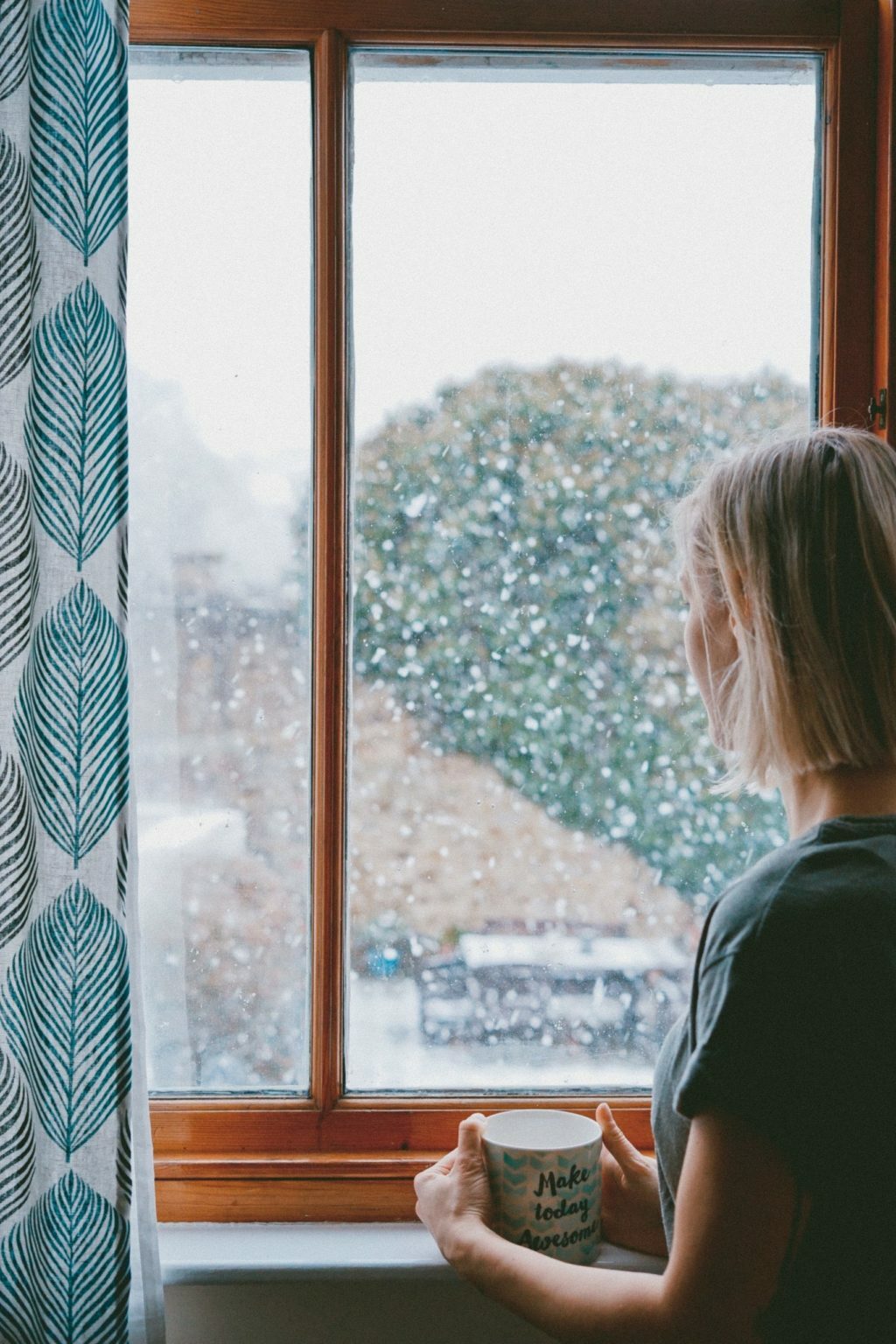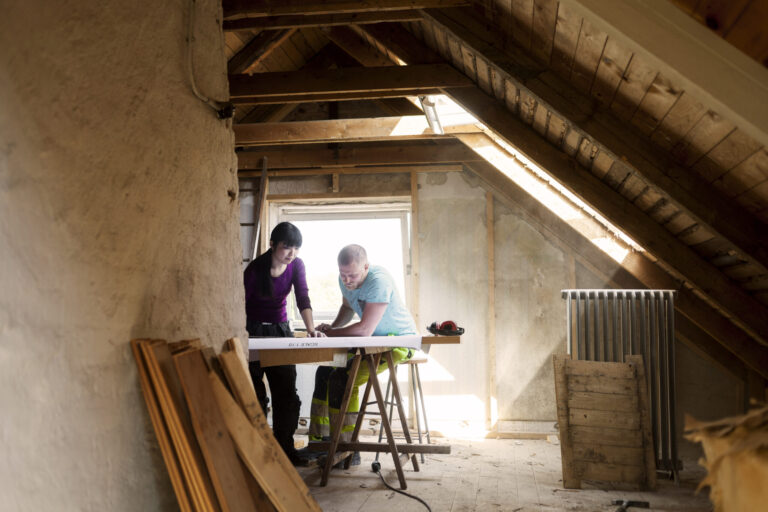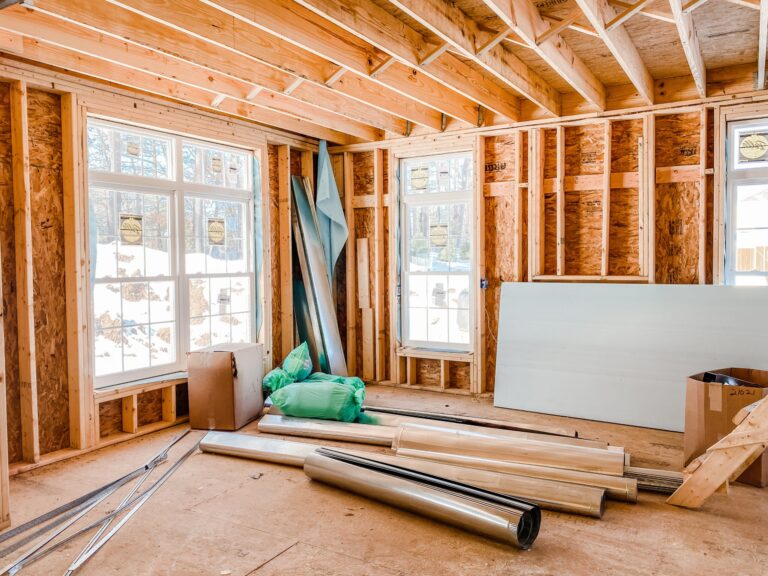Winter is fast approaching for many homeowners. While this beloved season ushers in some of our favorite holidays, it also comes with the rapid-changing, cold weather that can take a major toll on our houses. Fortunately, with the right tips and preparation, your house can become the safe, warm sanctuary that you and your family need until springtime rolls around again. If you’re looking to ensure that your home is properly prepared for the winter weather in your area, here are some helpful home maintenance tips on how to winterize your house.

Check your roof for any potential repairs
Our rooves are designed to protect us from the elements — rain or shine. However, when winter comes, the dense snow can cause leaks, sagging, or destruction to certain sections of the roof, and even damage pipes or chimneys. It’s crucial that you conduct an inspection each year before the winter to ensure that your roof is in good condition. It’s also important to check for any areas where leaks commonly occur in order to make sure they are properly sealed.
Should you find any problems, look for a local roofing contractor that has a track record for providing high-quality services and can give your roof the protection it needs to hold out through the winter and beyond. Although this is just one part of the winterization process, it’s arguably one of the most important sections to focus on as you get started.
Make room for your car and outdoor furniture.
When winterizing your home, the last thing you may think about is your car and other outdoor essentials that are vulnerable to the elements. But where are you supposed to store these items, you may wonder? Chances are that your most useful storage space, the garage, is already packed with boxes full of stuff that you don’t use anymore. If this is the case for you, find a place where you can temporarily drop these unneeded items off by looking up, “mini storage near me” and finding a high-quality storage provider in your area. These affordable storage providers will give you a place where you can keep items you rarely use so that you can protect some of the items that matter most when winter arrives.
Examine window and door sealings for potential leaks.
If there are any gaps between your windows and doors, the heat that you produce within the house will escape, making it difficult for you to stay warm in the wintertime. Use the fall to check all of your windows and doors for any existing leaks as well as any decay or rot that could lead to problems down the line. You may also wish to consider reinforcing your home with storm windows and storm doors if you live in an area that is known for its extreme weather.
Conduct an HVAC inspection.
There’s nothing worse than having an inefficient heater or a broken heater during the winter months. Even if you believe that your HVAC system is fine now, make it a priority to conduct a maintenance check on it to ensure that it’s pumping heat into your home, that the air filter is not clogged, and that there are no carbon monoxide leaks or other issues. When it comes to your heater, it’s much better to be safe than sorry.
Prepare your plumbing for the winter months.
The plumbing that you rely on to carry water into your house is especially vulnerable in cold weather. If you anticipate snowfall and major temperature drops, drain your outdoor faucets and hoses, store your garden hoses inside, blow out any in-ground sprinkler pipes, and wrap pipes that have been a problem in recent years with heat tape. This whole process will serve to protect you from burst pipes. If something does happen, you’ll be better prepared to deal with the problem.
The same winter wonderland that many love can wreak havoc on your home if you’re unprepared. Make sure that your home is properly winterized by using the tips above before the cold weather arrives!








